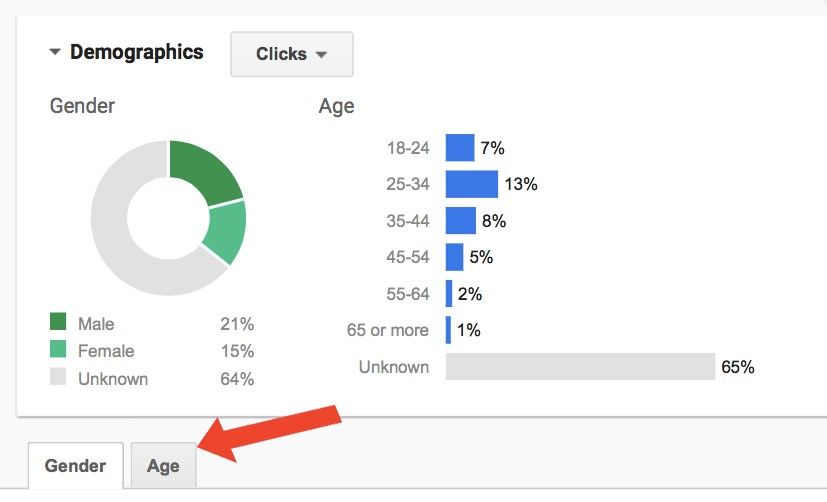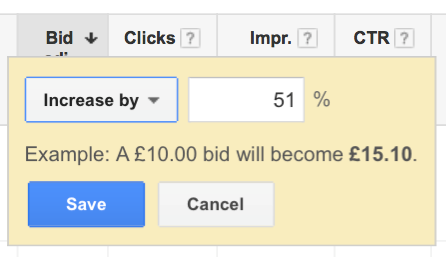Through AdWords, Google has given advertisers a lot of control over when their ads are shown, by means of the different match types and using remarketing lists for search ads.
Until recently, however, you were unable to target users based on demographic – a function that has been available for a while now on both Facebook and Bing.

The new feature allows advertisers using Adwords to target users based on:
- Age
- Gender
- Parental status
This feature will be particularly useful where user intent varies considerably based on these variables. For example if you were selling high-end investments or watches, it is unlikely that young people under the age of 25 would have the necessary capital to purchase them.
However when using this feature, it is important to make sure that your conclusions are based on data as opposed to your gut feelings. A study by Google has shown that some of our preconceived ideas about which demographics purchase which items may result in us missing out on a considerable proportion of buyers.

Image: Google
For example if you were running a campaign selling home improvement products and excluded women on mobile devices, you could lose 45% of your traffic.
One thing to bear in mind is that your customer might not always be your customer. For instance, the study by Google showed that 40% of baby products are purchased by households that do not contain parents.
Here you can see that a considerable proportion of some markets are not the consumers themselves, but people purchasing on behalf of consumers.
How to set up demographic targeting in AdWords
The demographic targeting options can be found within the audiences tab alongside your remarketing lists for search ads (RLSA) data. To add bid modifiers take the following steps:
STEP 1. Go to the “audiences” tab and then to the “demographics” sub-tab as shown below.

STEP 2. You can switch between demographic data for “age” and “gender” using the two sub-tabs that are located under the graph.

STEP 3. Bid modifiers can be set within the “bid adjustment” column by clicking on the dashed line.
Once you have done this you should see a popup like the one below where you can enter your bid modifier.

STEP 4. To calculate your bid modifier you should use the following formula: divide the age conversion rate by the ad group conversion rate, subtract one, and multiply by 100.

So for example if the conversion rate for people aged 25 – 34 is 3.52% and your conversion rate for the ad group overall is 2.76%, then your bid modifier would be 28%. Note that you need to round up your modifier to the nearest whole number.
When you are faced with “Unknown” data where Google is unable to match the user to their data, you will in most cases not want to exclude this audience.
In some cases we have found that Google can’t match data to a large chunk of your traffic, which can be frustrating, but if you exclude this you are likely to miss out on a considerable portion of your traffic.
Conclusion
Overall, demographic targeting for the search network gives advertisers another dimension with which to narrow down their audience to target the most relevant people.
Google’s example of baby products being bought by households that do not contain any parents is a perfect example of why it is necessary to follow the data as opposed to your gut feeling when using this feature. Otherwise you run the risk of losing a considerable portion of your audience.
Finally, when you are faced with the dreaded unknown column, think twice before excluding this data. In the vast majority of cases this will account for a considerable chunk of your traffic so it is best not to exclude it.





